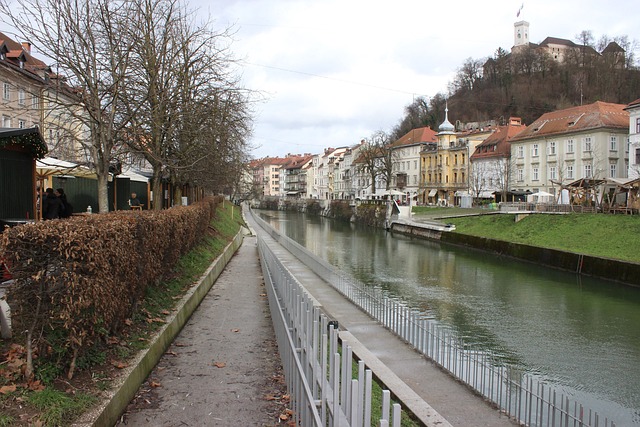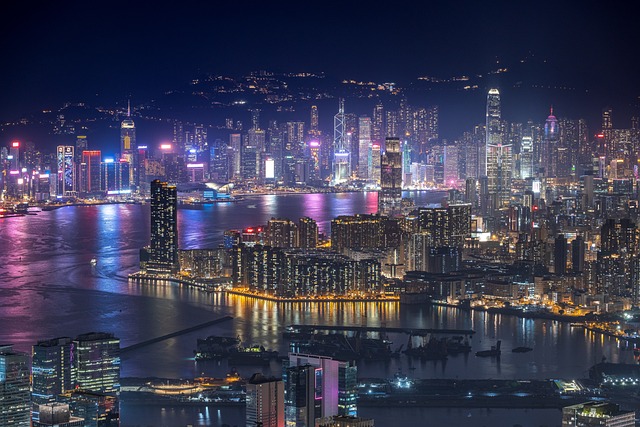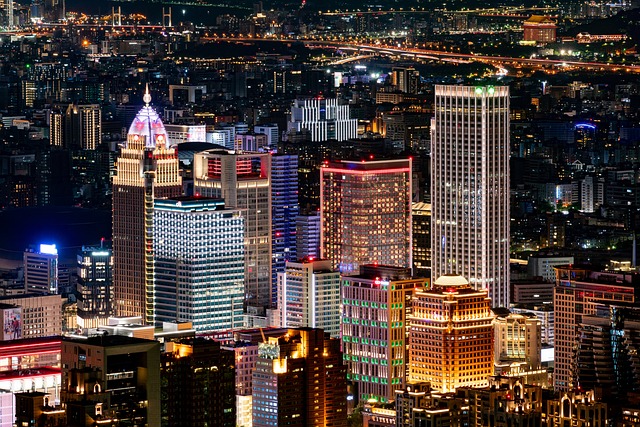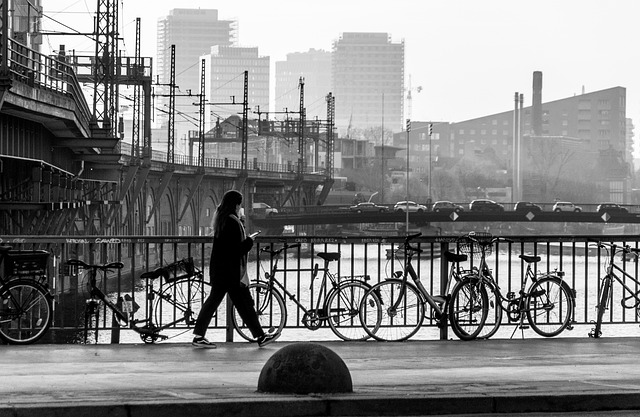Scheme 33 Connection in Karachi is a strategic urban development initiative aimed at improving road infrastructure and transport networks, enhancing livability and accessibility across the city. This involves constructing new roads, widening existing ones, and implementing intelligent transportation systems, specifically targeting key corridors and intersections. Despite challenges like traffic congestion and balancing urbanization with sustainability, Karachi remains committed to this transformative project, promising enhanced connectivity, economic growth, and improved quality of life for its growing population.
“Karachi, Pakistan’s vibrant metropolis, has witnessed significant urban transformation, with Scheme 33 emerging as a pivotal connection in its fabric. This scheme has not only redefined transportation but also impacted infrastructure development across the city. Our article delves into the intricate details of Scheme 33 Connection, exploring its role in Karachi’s urban landscape. We analyze its impact, challenges, and future prospects, offering insights into how this initiative shapes the city’s growth and connectivity.”
- Understanding Scheme 33 Connection in Karachi's Urban Fabric
- The Impact and Challenges of Scheme 33 in Karachi's Infrastructure Development
Understanding Scheme 33 Connection in Karachi's Urban Fabric

Scheme 33 Connection in Karachi offers a unique insight into the city’s urban development and connectivity. This initiative aims to integrate various parts of the metropolis, addressing the challenges posed by Karachi’s rapid urbanization and traffic congestion. By focusing on improving road infrastructure and transport networks, the scheme seeks to enhance the overall livability and accessibility within the city.
Karachi, known for its vibrant yet chaotic urban landscape, faces constant pressure to accommodate a growing population and rising vehicle ownership. Scheme 33 Connection steps in as a strategic solution, targeting key corridors and intersections to streamline traffic flow. This involves constructing new roads, widening existing ones, and implementing intelligent transportation systems, ensuring better connectivity between different neighborhoods, commercial hubs, and residential areas. Such efforts are pivotal in shaping Karachi’s future, making it more efficient, sustainable, and responsive to the needs of its diverse citizenry.
The Impact and Challenges of Scheme 33 in Karachi's Infrastructure Development

Scheme 33, a pivotal initiative in Karachi’s urban development, has had a profound impact on the city’s infrastructure. This ambitious project aims to transform and modernize key areas, addressing historical challenges such as inadequate road networks and limited green spaces. By implementing advanced transportation systems and integrated urban planning, Scheme 33 promises to enhance connectivity, boost economic growth, and improve the overall quality of life for Karachiites. The initiative has sparked a buzz among residents and businesses alike, who anticipate a more livable and efficient city.
However, as with any large-scale development project, Scheme 33 faces its own set of challenges. Balancing rapid urbanization with environmental sustainability remains a key concern. Managing traffic congestion during construction and ensuring the long-term viability of newly developed areas are other critical aspects that require meticulous planning and execution. Despite these hurdles, Karachi’s commitment to this transformative scheme is unwavering, setting the stage for a dynamic future where modern infrastructure seamlessly intertwines with the city’s rich cultural fabric.
Scheme 33 Connection has played a pivotal role in shaping Karachi’s urban landscape, offering enhanced infrastructure and improved connectivity. However, as the city continues to grow, it is essential to address the challenges faced, ensuring sustainable development that meets the needs of its vibrant population. By leveraging technological advancements and thoughtful planning, Karachi can solidify its position as a thriving metropolis, where efficient transportation networks facilitate a better quality of life for all its residents.



